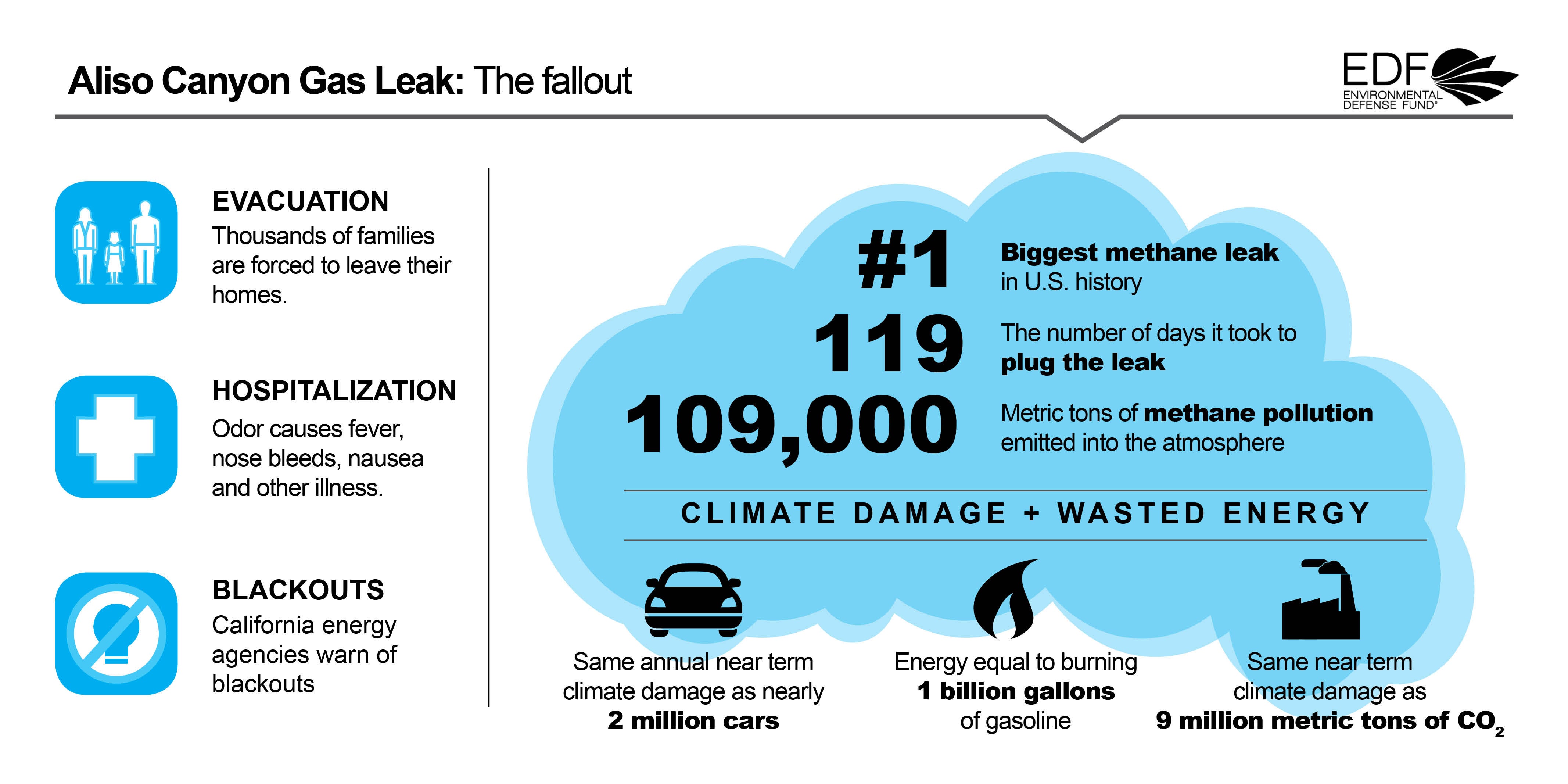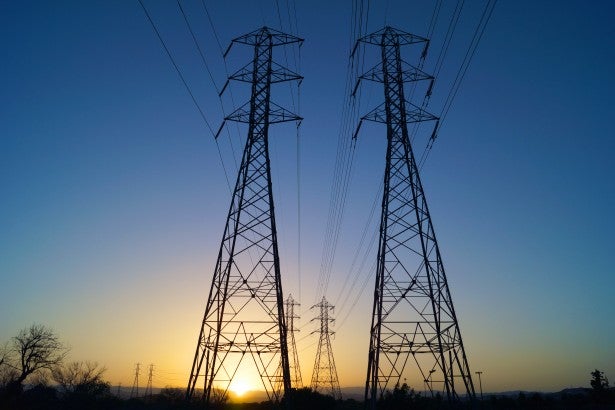
Utilities and regulators are not typically known for innovation. Instead, they tend to focus their efforts and attention on reliability and cost effectiveness. So, when Rob Powelson, new president of the National Association of Regulatory Utility Commissioners (NARUC) kicked off his first national meeting under the theme “Infrastructure, Innovation and Investment,” I was intrigued.
The opening general session focused on how to upgrade aging utility infrastructure in ways that optimize new technology, and introduced a new Presidential Task Force on Innovation to promote modernization. This task force will discover how NARUC members can embrace emerging innovation – like integrated energy networks and battery storage.
This utility-industry focus on innovation marks a new direction. To prepare for the venture, we can learn from the most recent rapid disruption in a related industry, telecommunications: a mere 20-year transition from POTS (plain old telephone service) to PANS (pretty amazing new stuff). This cautionary tale reveals that the winners are grid operators who welcome new ideas and offer customers new services. Read More










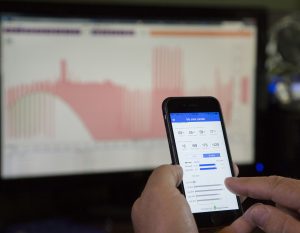 The U.S. electric grid is old and frayed, yet innovative technologies – modern sensors, smart meters, and advanced telecommunications – offer hope to update it to become more modern, efficient, and clean. What all these smart-grid tools have in common is data. How we utilize the enormous quantities of information about how we move and use electricity will have major impacts on markets, customers, the environment, and our future electricity system.
The U.S. electric grid is old and frayed, yet innovative technologies – modern sensors, smart meters, and advanced telecommunications – offer hope to update it to become more modern, efficient, and clean. What all these smart-grid tools have in common is data. How we utilize the enormous quantities of information about how we move and use electricity will have major impacts on markets, customers, the environment, and our future electricity system.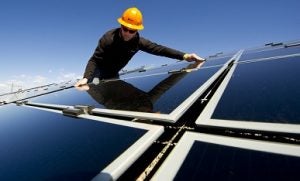 From coast to coast – and especially places in between – jobs were the most pressing concern for American voters. So Trump has promised he will create 25 million new ones over the next decade by, among other things, reviving America’s declining coal industry.
From coast to coast – and especially places in between – jobs were the most pressing concern for American voters. So Trump has promised he will create 25 million new ones over the next decade by, among other things, reviving America’s declining coal industry.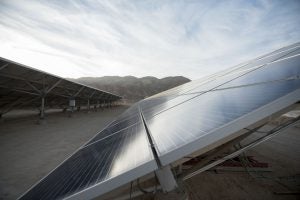 What would a world powered by clean, low-water energy look like? If you visit Israel’s southern region, you don’t have to imagine.
What would a world powered by clean, low-water energy look like? If you visit Israel’s southern region, you don’t have to imagine.